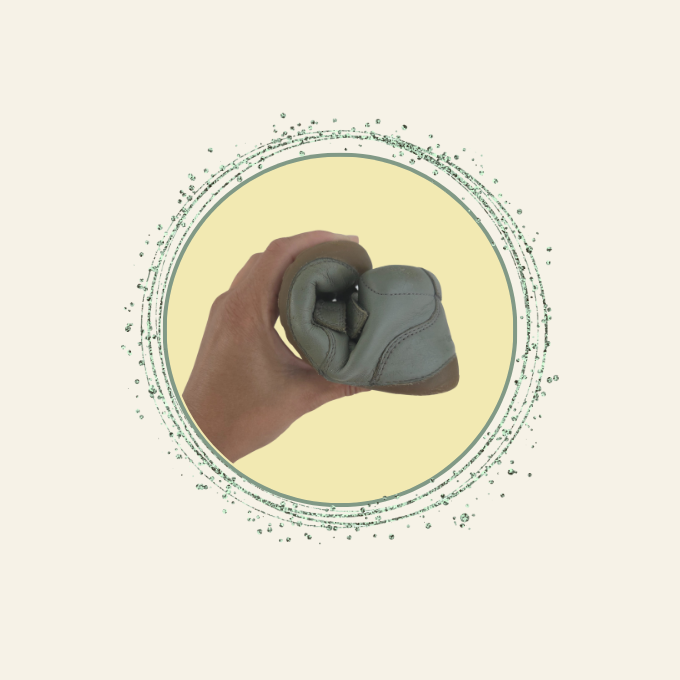
Barefoot Shoes
Share
Barefoot shoes are a type of footwear designed to let your feet move and work as naturally as possible, almost like you’re walking barefoot, but with a layer of protection. The concept is based on the idea that modern, heavily cushioned or rigid shoes can restrict natural movement, weaken muscles, and affect posture over time.
Here are the key features that make barefoot shoes different from regular shoes:
-
Zero-drop sole – The sole is flat from heel to toe, so your body stays in its natural alignment without your heel being lifted.
-
Thin, flexible sole – You can feel the texture of the ground beneath you, which helps with balance and strengthens foot muscles.
-
Wide toe box – Gives your toes room to spread and grip naturally, instead of being squeezed together.
-
Lightweight – So they don’t interfere with natural movement.
-
No arch support or stiff structure – Encourages the foot to work on its own, strengthening muscles, tendons, and ligaments.
For babies and toddlers, barefoot shoes are especially important because their feet are still developing. A flexible, roomy, and flat shoe allows them to build strength, coordination, and balance—while still protecting them from sharp or dirty surfaces.
Think of barefoot shoes as foot-friendly training wheels—they protect without limiting how the foot naturally wants to move.
